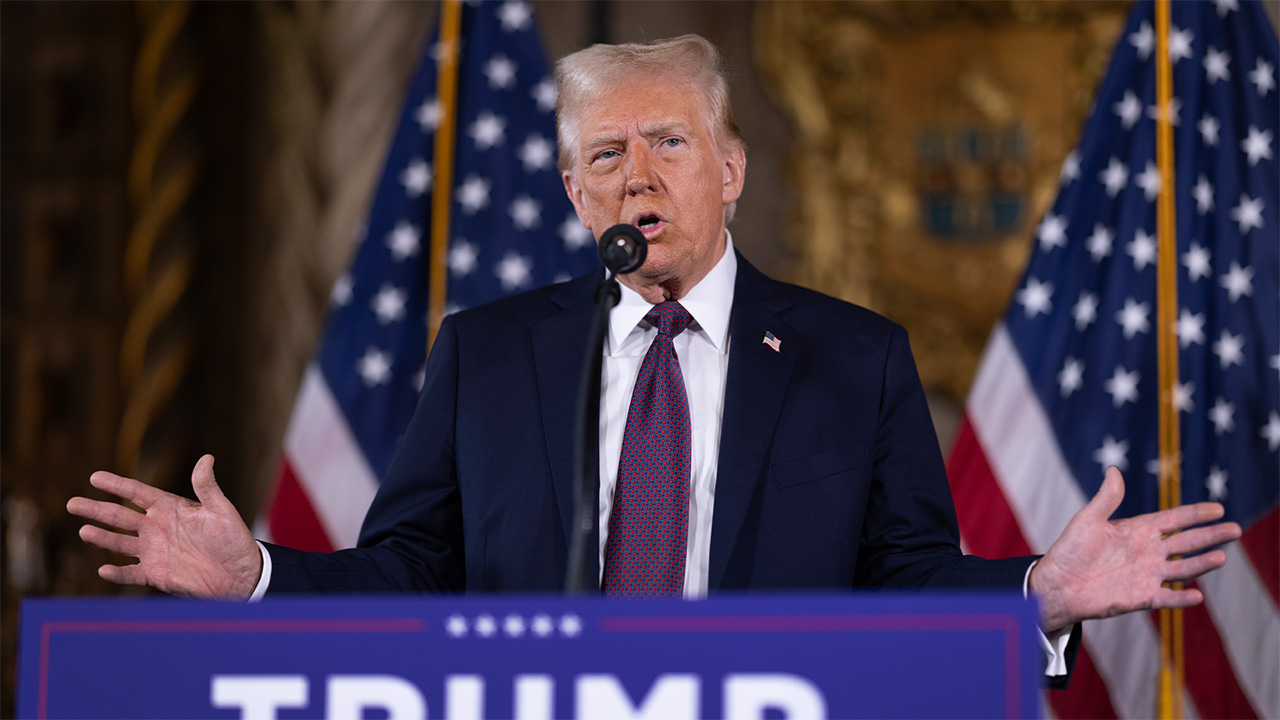
The White House has just released a sweeping new AI roadmap titled America’s AI Action Plan, outlining how the federal government will try to supercharge AI development in the coming decade.
The plan, backed by President Trump, prioritizes national security, infrastructure expansion and fewer regulations, which positions AI as the backbone of future U.S. economic and technological leadership.
But this aggressive push for AI supremacy could come at a cost, particularly for states that aim to regulate AI more strictly, and other parts of the plan raise concerns about free speech.
Faster, bigger, bolder AI

In short, the U.S. wants to build AI systems faster and export them under favorable terms, while locking down competitive advantages at home.
At the heart of the plan are three pillars:
- Accelerate innovation: More federal investment into AI research and development, alongside partnerships with private industry and universities.
- Build AI infrastructure: A national effort to construct data centers, semiconductor fabrication plants and power grids to support AI systems.
- Lead global AI diplomacy: Establish U.S. dominance by shaping global standards and tightening control over AI exports to rivals.
Deregulation and enforcement

One of the most controversial pieces of the plan is its deregulatory stance. The federal government wants to eliminate what it calls “burdensome red tape” and may withhold federal AI funding from states that implement stricter AI oversight laws.
That means if a state passes strong privacy or data transparency laws around AI, it could lose access to federal money intended to support AI development, workforce training or infrastructure.
What this means for users

For consumers, this could translate to a boom in AI-powered tools: smarter assistants, faster services and more innovation reaching your devices.
It also opens the door for AI to play a bigger role in everything from healthcare and education to smart homes and city planning.
But the plan also raises concerns about data privacy, environmental impacts and lack of public oversight, especially as AI systems become embedded in daily life.
Jobs, training and the human side of AI

The plan does acknowledge workforce disruption. It outlines new programs to retrain workers for AI-adjacent jobs, especially in trades like electrical work, HVAC installation and robotics maintenance.
Unlike earlier federal tech plans, this one appears to focus less on white-collar upskilling and more on supporting the physical infrastructure of an AI-driven economy.
Addressing ideological bias in AI

Trump’s plan places a unique emphasis on combating perceived “ideological bias” in AI systems, an issue largely absent from Biden’s formal policy language.
The proposal accuses current AI models of being “programmed by the radical left” and calls for the creation of standards to ensure political neutrality in outputs.
This includes potential mandates requiring AI models to disclose training data sources and undergo third-party audits for viewpoint bias.
The emphasis on ideological balance appears designed to resonate with conservative voters concerned about fairness in emerging technologies. However, how these measures would be implemented and whether they can be reconciled with First Amendment protections remains to be seen.
How the Trump AI plan differs from Biden’s approach

The Trump administration’s new America’s AI Action Plan marks a major departure from the Biden-era playbook. One of Trump’s first moves was scrapping Biden’s 2023 executive order, which focused on putting guardrails around AI.
Biden emphasized safety testing, algorithmic transparency and civil rights protections through agencies like the FTC and Department of Commerce, Trump has scraped all of that, leaning heavily into deregulation.
The new order frames Biden’s approach as too restrictive and instead aims to strip away what it calls “burdensome” policies that could slow down AI innovation.
Rather than requiring companies to prove their systems are safe or equitable, the emphasis is now on speeding up infrastructure development, including fast-tracking data centers and chip manufacturing plants.
Bottom line
The America’s AI Action Plan is a new roadmap for scaling U.S. AI capabilities, but it also sets up future legal and political battles over states’ rights, privacy protections and AI accountability.
As the federal government puts billions behind building the AI economy of tomorrow, the question remains if this will make our tech smarter and life easier or just less transparent.







